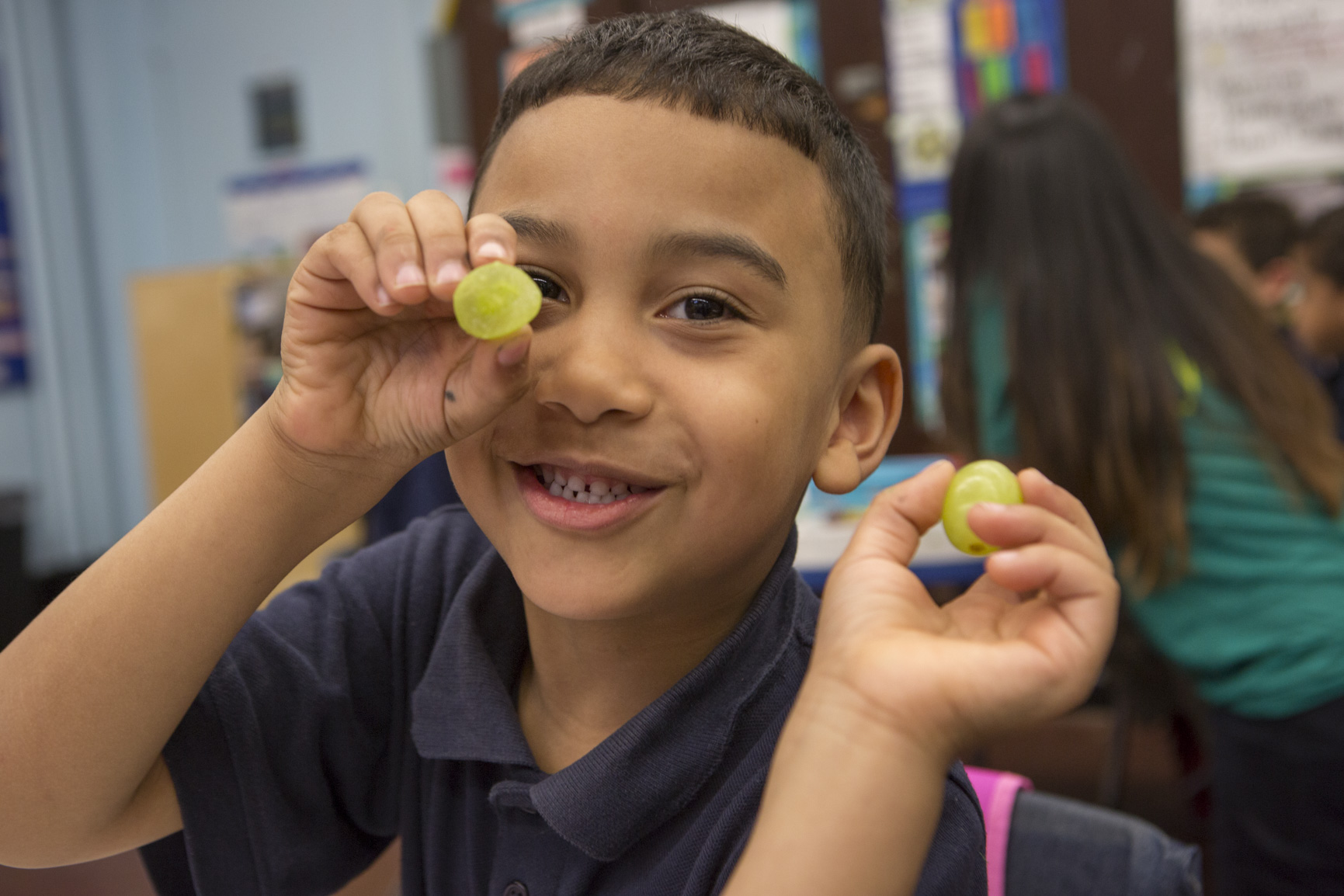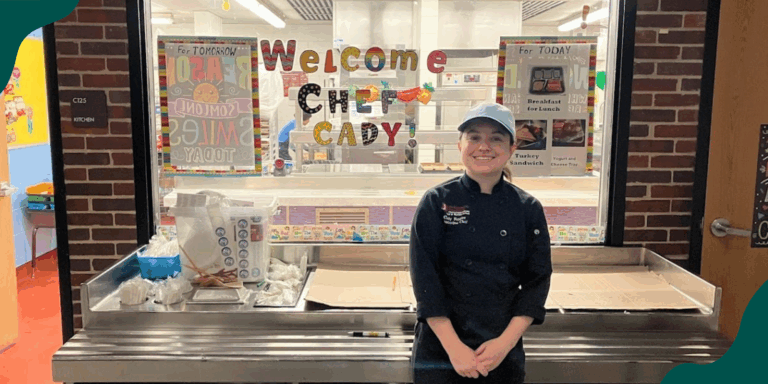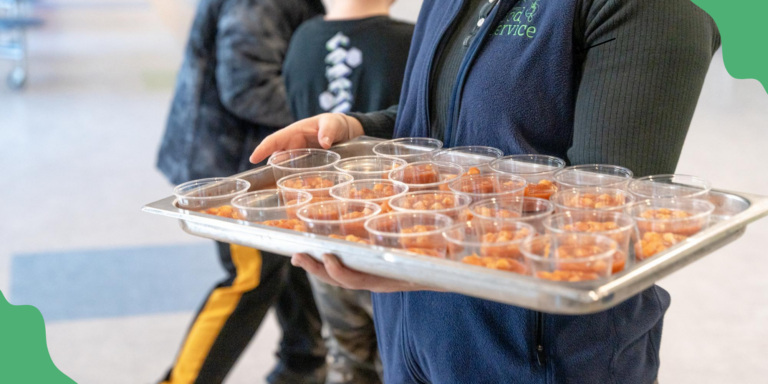What is the Fresh Fruit and Vegetable Program?
What you need to know about this program’s impact on kids, schools, and communities.
What you need to know about this program’s impact on kids, schools, and communities.

The Fresh Fruit and Vegetable Program (FFVP) provides all children in participating schools with a variety of free fresh fruits and vegetables as a snack. The program is particularly beneficial for children who depend on schools for their daily nutrition. It is an effective and creative way of introducing fresh fruits and vegetables, and creates opportunities for kids to try nutritious foods they otherwise may never taste.
Senator Marco Rubio (R-FL) has authored legislation that will allow more students in more schools to participate in this program. FoodCorps supports the expansion of the Fresh Fruit and Vegetable Program, and is working with policy partners and members of Congress to include such an expansion in the upcoming Farm Bill.
Here are three important things to know about the Fresh Fruit and Vegetable Program:
Fresh fruits and vegetables are powerhouses of essential vitamins, minerals, and antioxidants, which are crucial for supporting proper growth and development in children. When students have easy access to these nutritious options at school, they are more likely to consume them regularly, adding more of these important nutrients into their diets.
Additionally, introducing students to a diverse range of fruits and vegetables early on helps them develop a preference for these wholesome choices. As they explore different flavors and textures, they become more receptive to trying new foods. By incorporating these fresh choices into their daily meals, students learn to love the nutritious options available at school.
Providing students with nutrition education goes hand in hand with offering fresh produce. When kids understand the importance of making nutritious choices, they can make more informed decisions about their food.
Nutrition education complements the Fresh Fruit and Vegetable Program by encouraging students to try different varieties of food, understand new textures and tastes, and identify the most nourishing options available to them. Equipped with this knowledge, students can take charge of their wellbeing and build a solid foundation for a positive relationship with food.
For some students, a school’s meal program may be their primary source of nutritious food. By offering a variety of nutrient-dense snacks through the Fresh Fruit and Vegetable Program, schools can contribute significantly to reducing food and nutrition insecurity among students and their families. The availability of wholesome options ensures that students receive more of the nourishment they need to thrive academically and physically, regardless of their economic circumstances.
The Fresh Fruit and Vegetable Program can significantly impact students’ lives. It sets them on a path of developing nutritious eating habits, which can boost their overall health and their academic experience. This program helps schools leave a lasting impact on students, offering them the knowledge and skills to nourish themselves and their communities.
Stay tuned for updates on how you can help support the Fresh Fruit and Vegetable Program.

The Policy Brief: 2025 State Policy Updates

Alumni Spotlight: Cady Molloy, School District Executive Chef

6 Careers in Food That Make a Difference